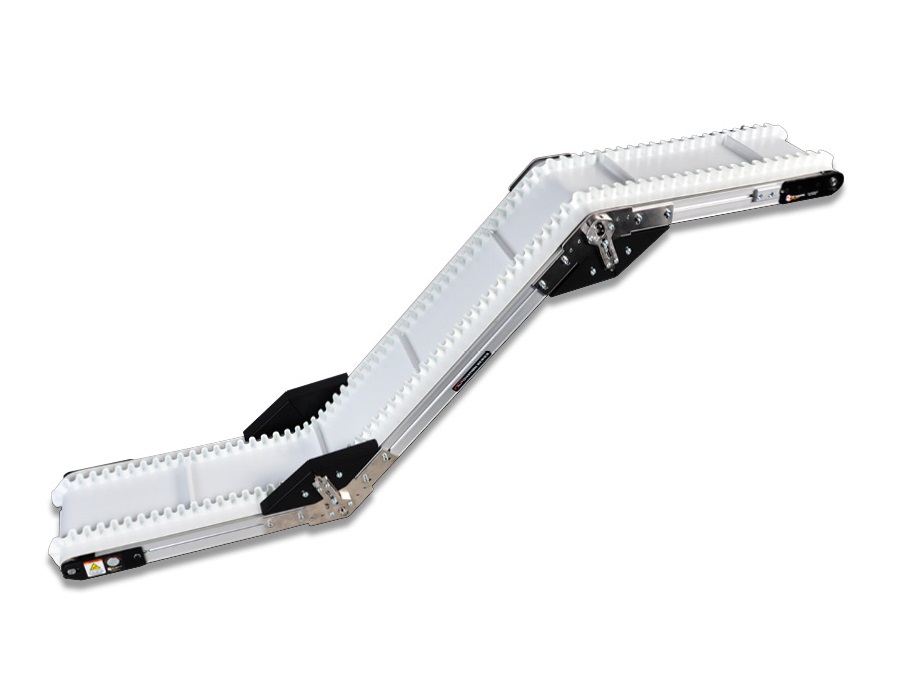Conveyor Diverting Solution Use For Maximizing Production Flows
Flow manufacturing techniques continue to play a major part in modern manufacturing by focusing on reduced cycle and idle time, waste elimination, and demand scheduling. That requires a conveyor company to take a partnership approach with manufacturers to develop bespoke or customizable solutions that improve production.
The most sought-after conveyor manufacturers in Canada and around the globe understand the macro and micro differences of each production environment. They also leverage deep experience in the aims of flow manufacturing that go beyond production lines, machines, and the workforce to the broader supply chain.
These conveyor system manufacturers design solutions that can support efficiency analysis such as Overall Equipment Effectiveness (OEE). This is based on the understanding that production line machines often depend on the conveyor system for accurate measurement.
How Conveyor Systems Impact Efficiency Analytics
While conveyor design parameters are derived from the specific production goals of each manufacturer, they are also informed by the aims of OEE. Although OEE is a good metric for machine performance and quality improvement, there are other important production analytics broadening the view, including:
- Overall Operational Effectiveness (OOE) that measures availability as Actual Production Time over Operating Time.
- Total Effective Equipment Performance (TEEP) to show what capacity is available with current equipment.
- Manufacturing Cycle Time (MCT), which measures the time required to assemble, inspect, stage and convert materials and components into delivered finished products.
Any company recognized among the leading conveyor manufacturers in Canada visualizes conveyors, diverters, and merger solutions as part of a holistic production system viewed through the lens of throughput analysis. This enables the conveyor company and the manufacturer to partner on designs that deliver future-state production flow assessments focused on continuous improvement.
Importance Of Holistic Conveyor And Diverter Design
Conveyors systems are designed in segments to transport products through each development stage. The segment building block components of motor, input, and output provide the baseline for monitoring and adjusting throughput to maximize machine efficiency.
This makes the conveyor with its diverters and merger components critical to achieving continuous improvement in production flow through OEE and other production line analytics. These integral conveyor sortation devices and systems can include:
- Dual Line
- Saw Tooth
- Multi Line
- Deflector / Plow
- Pop Up Skewed Devices
- Diverter / Pusher
- Powered Pivot Diverter
- Pop-Up Chain Transfer
- Tilt Tray
- Slat Shoe
Although conveyor systems are segmented, they must be designed as part of an overall holistic production throughput system to smoothly integrate with the rest of the automated material handling system to increase efficiency. That requires conveyor system manufacturers to take the diverter and merger needs of each segment into equal consideration within flow manufacturing.
The goal is to include design variability across conveyor system segments as part of an end-to-end automated material handling system. This enables manufacturers and their conveyor company partners to design solutions that meet the needs of specific manufacturing sectors and environments.
Source - https://www.conovey.com/conveyor-diverting-solution-use-for-maximizing-production-flows/




Comments
Post a Comment